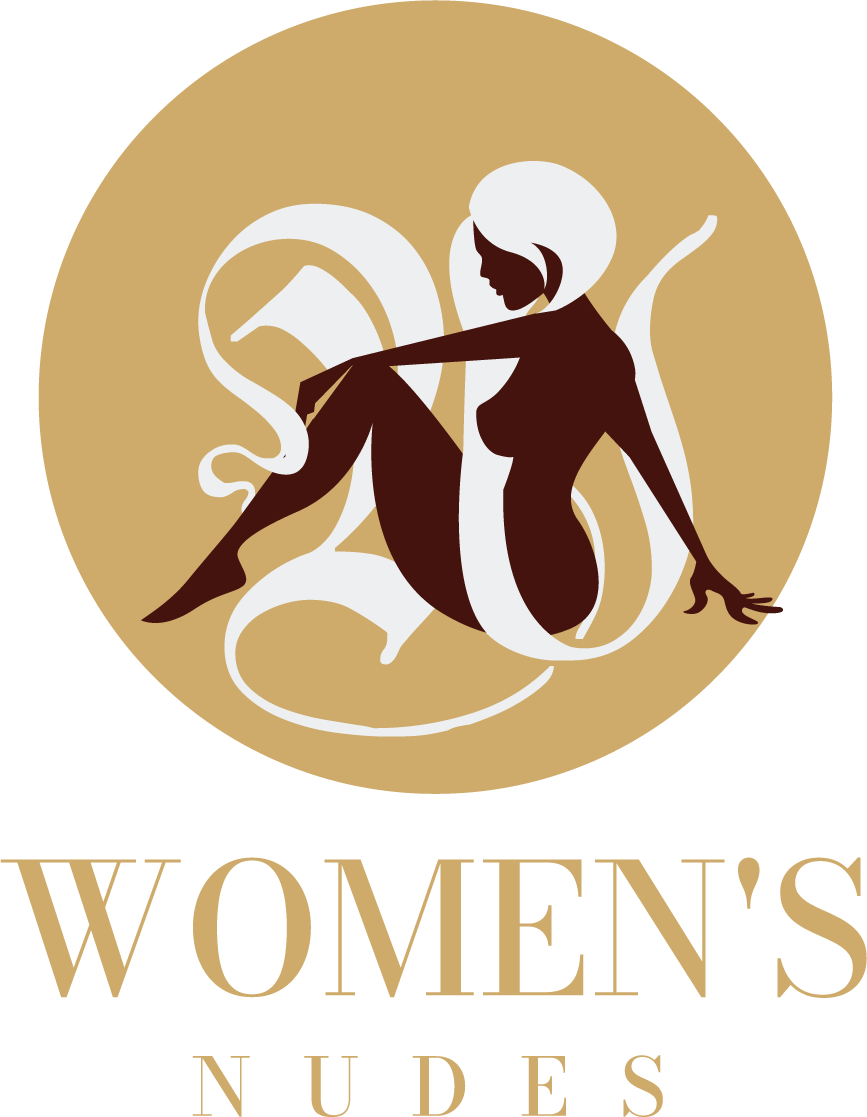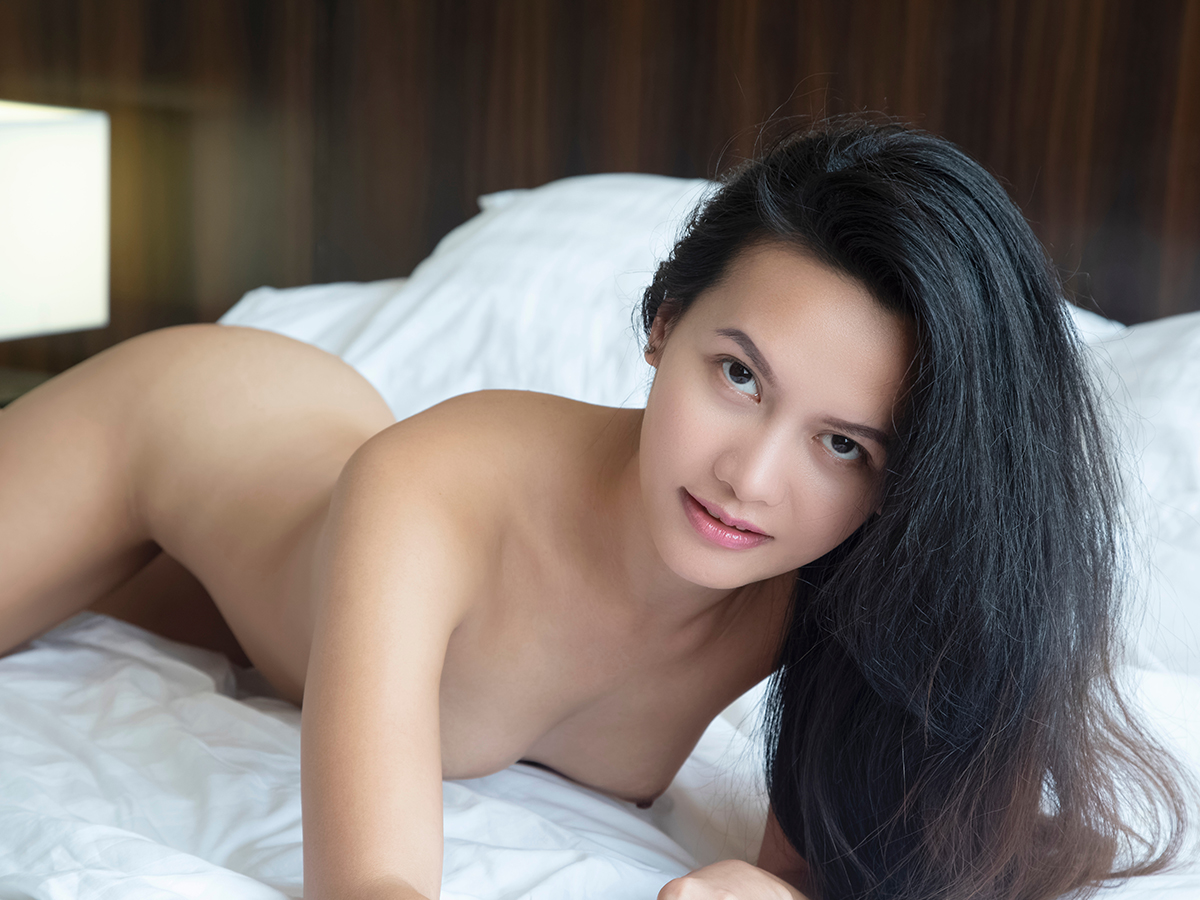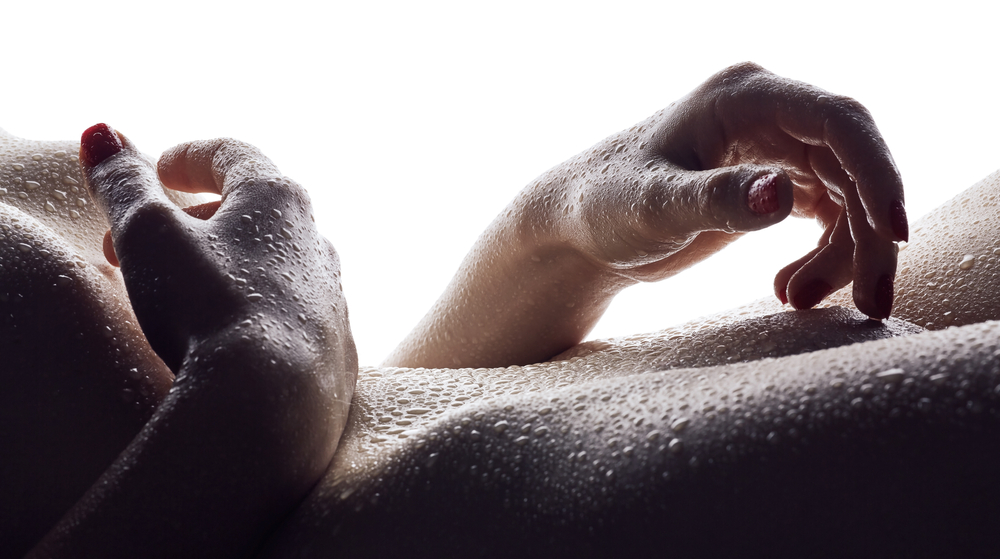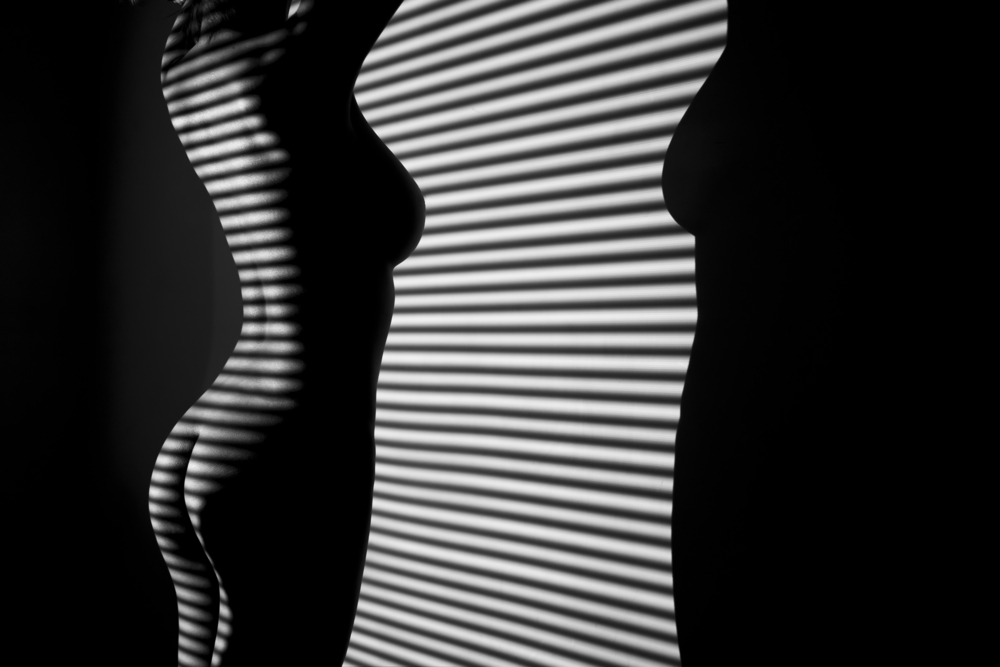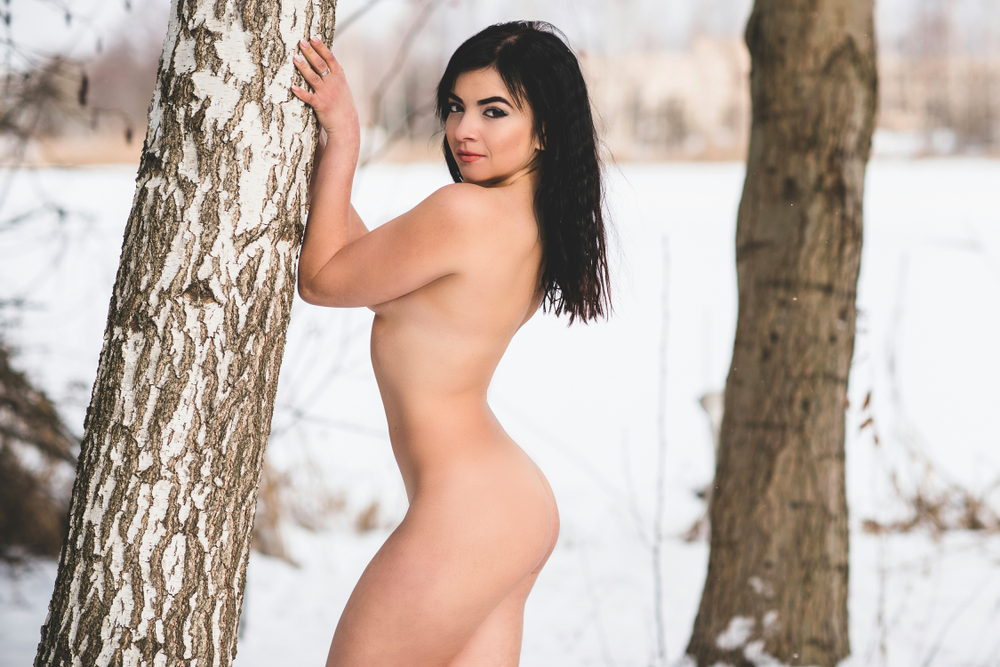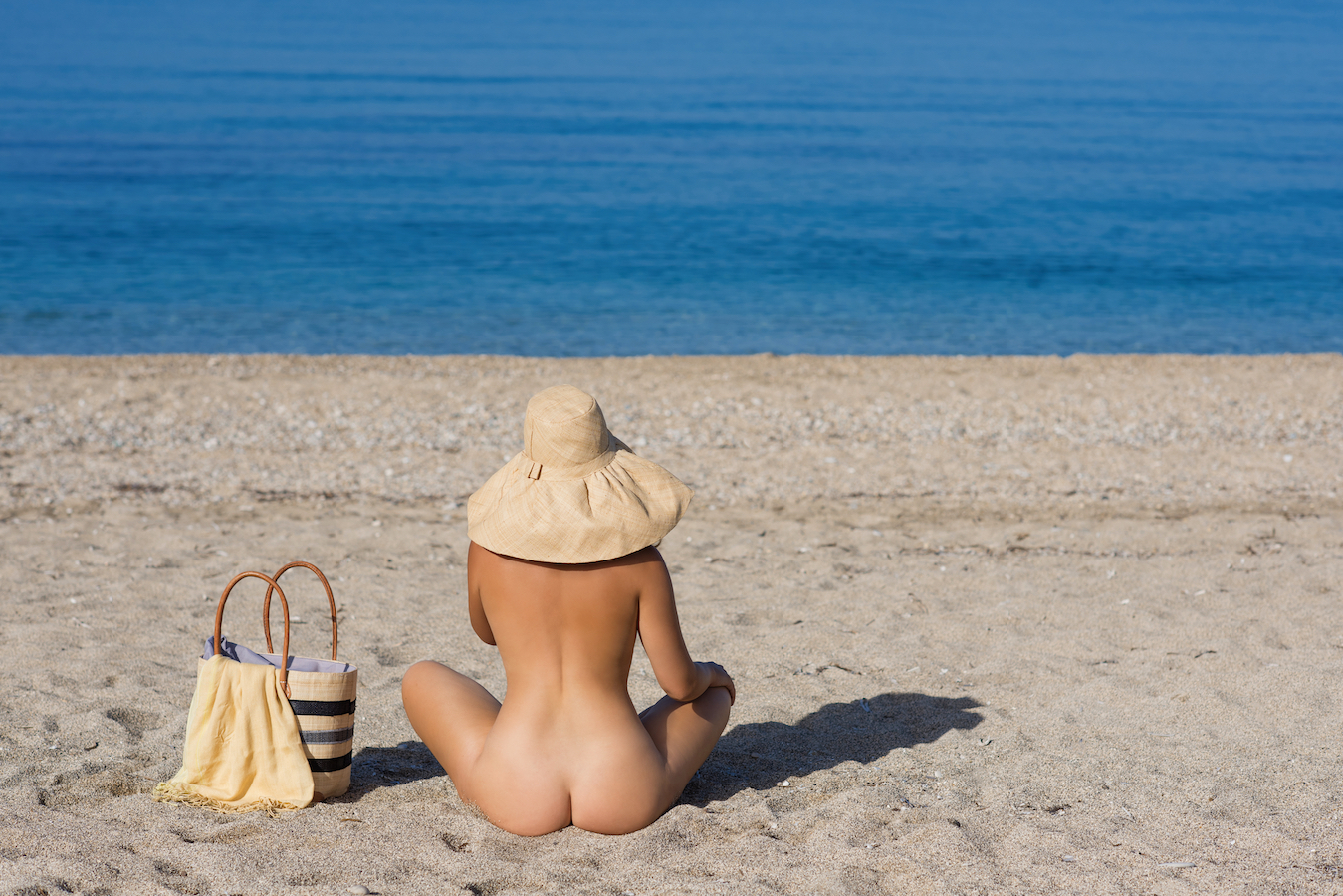Natural light is an incredibly powerful tool for nude photographers. It offers a unique way to capture the natural beauty and essence of the human body. This article will explore the different types of natural light and their effects on the subject and the image, as well as tips for preparing and shooting with natural light.
We will also discuss the post-production process for natural light nude photography, including how to enhance the lighting and mood of your images through editing techniques.
Definition of Natural Light in Nude Photography
Natural light in nude photography (also in boudoir photography) simply refers to light naturally present in the environment. It excludes the use of artificial light sources such as strobes or flashes. This light is generated from the sun, the moon, the stars, and even the reflections from surrounding surfaces.
Nude photographers often prefer natural light to artificial light because it creates a more natural and organic look. It can also provide unique and interesting textures and shadows. Furthermore, it adds depth and dimension to the photograph, and can create mood specific scenes and images. It’s basic for any photographer to understand how to work with natural light is an important skill. This is particularly crucial for those working with nude subjects where capturing the natural beauty of the human form is often the goal.
Importance of Using Natural Light
Natural light is an essential element in nude photography that can make or break a photograph. Here are some of the important reasons why using natural light is crucial for nude photography (also works for boudoir photographers):
- Natural light creates a soft and gentle atmosphere that enhances the beauty of the human form. Unlike artificial lighting, natural light is not harsh and does not create any unflattering shadows on the model’s skin.
- Natural light allows for greater versatility and flexibility in terms of composition and framing. As the sun moves across the sky, the intensity and angle of the light changes. This gives photographers the opportunity to try out with different moods, colors, and textures.
- Using natural light saves money because it is an available light that eliminates the need for expensive lighting equipment and accessories. This is why it is perfect for budding photographers who cannot get expensive equipment.
- Natural light provides a more natural and authentic feel to the images. It highlights the unique features of the model and the environment around them, giving the image a sense of realism and authenticity.
- Natural light is readily available, and it can be found almost anywhere. Whether you’re shooting in a studio or outdoors, natural light can be used to create stunning nude photographs. This means that photographers have the freedom to shoot at any time of day and in any location they desire.
Types of Natural Light and Their Effects on the Subject and the Image
Different types of natural light have different effects on the subject and the image, and understanding how to use them can help photographers create their desired results. Here are some types of natural light and their effects:
Direct sunlight
Direct sunlight is the most intense form of natural light. It can create deep shadows and bright highlights and these can be used to create dramatic images with a high contrast ratio. However, it is also difficult to work with. In most cases, the model has to squint and it create unflattering shadows on their face and body.
Backlight
Backlight occurs when the light source is behind the subject. This generates a halo effect around the edges of the subject’s body. This can be used to create a dreamy, ethereal effect, but it can also be challenging to get the exposure right, as the camera may meter for the bright background rather than the subject.
Diffused light
Diffused light occurs when the light source is spread out or filtered, creating a soft, even illumination on the subject. This can be achieved by shooting on an overcast day, using a sheer curtain or diffuser to soften the light, or shooting in a shaded area. Diffused light can create a gentle, natural look and is flattering on most subjects.
Golden hour
Golden hour occurs during the hour after sunrise and the hour before sunset. It targets when the sun is low in the sky and creates a warm golden light. This can be used to create a romantic, dreamy effect, and is often considered the most flattering light for nude photography. However, the time window for shooting is short. Also, the light can be challenging to work with if the subject is facing directly into the sun.
Blue hour
Blue hour occurs during the hour before sunrise and the hour after sunset when the sky is still illuminated but the sun is below the horizon. This can create a moody, atmospheric effect and can be used to create images with a cool, blue tone.
Preparing for Natural Light Nude Photography
Preparing for natural light nude photography is essential to ensure that you get the best results. Here are five important preparations to make.
Check the weather
Natural light is highly dependent on the weather conditions. Before embarking on a natural light nude photography session, ensure that you check the weather forecast. Avoid shooting on cloudy or overcast days as this can result in a dark and moody shot. Instead, aim to shoot during golden hour or when the sun is low in the sky.
Scout the location
Scout the location before the shoot to determine the areas that receive the best natural light. Look for areas with open shade or areas that are partially shaded by trees or buildings. These areas provide diffused light that is perfect for nude photography. Additionally, hanging sheer curtains over windows can help to soften and filter the natural light, creating a more flattering effect on the female form.
Plan the shoot time
Natural light changes throughout the day, so it’s important to plan your shoot time accordingly. As mentioned earlier, golden hour, which occurs shortly after sunrise and before sunset, is the best time to shoot as it provides a soft, warm glow that enhances the subject.
Prepare your equipment
Make sure that your camera equipment is ready for the shoot. Check that your camera batteries are fully charged, and bring extra batteries if necessary. Also, ensure that you have enough memory cards to store all the images and a sheer white curtain
Communicate with the model
Communicate with the model to determine their comfort level and preferences. Make sure that they understand the shoot’s vision and objectives. You can also discuss the lighting and location options, including the use of sheer curtains, to ensure that they are comfortable with the shoot’s arrangements.
Shooting with Natural Light
When shooting with natural light in nude photography, there are several things to keep in mind to achieve the best results (also works with a boudoir shoot). Here are five things to know:
Time of Day
The time of day plays a crucial role in the quality and intensity of natural light. The golden hours, which are the first and last hours of sunlight during the day, provide soft and warm light that is ideal for nude photography. Avoid shooting during the harsh midday sun as it can create unflattering shadows and highlights.
Positioning
The positioning of the model and photographer in relation to the direction of the light can greatly impact the final result. Depending on the desired effect, the light can be placed behind the subject to create a backlit effect, in front of the subject for a front-lit effect, or to the side for a more dramatic effect.
Light Modifiers
Light modifiers such as reflectors or diffusers can be used to manipulate the natural light to achieve the desired effect. Reflectors can be used to bounce light back onto the subject and fill in shadows, while diffusers can be used to soften harsh light.
Exposure
Proper exposure is crucial when shooting with natural light. It’s important to adjust the camera settings such as aperture, shutter speed, and ISO to achieve the desired exposure. Keep in mind that natural light can change quickly, so it’s important to adjust settings accordingly.
White Balance
Different types of natural light have different color temperatures, which can affect the color balance of the image. To ensure accurate color reproduction, adjust the camera’s white balance setting to match the type of natural light being used. Alternatively, white balance can be adjusted during post-processing.
Post-Production with Natural Light Nude Photography
Post-production is an essential step in the creation of any photograph, including nude photography taken with natural light. Here are some techniques for post-processing natural light nude photography:
Color Correction
Natural light can cast different colors on a subject, especially during different times of the day. Adjusting the white balance or temperature in post-production can eliminate unwanted color casts and make the image more visually pleasing.
Contrast and Clarity
Increasing the contrast and clarity can bring out the details and textures in the image, especially if the light was soft or diffused.
Retouching
Retouching blemishes, bruises, or other imperfections on the subject’s skin is a common practice in nude photography. However, it’s important to strike a balance between natural-looking skin and overly retouched skin.
Cropping and Composition
Cropping can help eliminate unwanted elements in the photo and draw attention to the subject. Adjusting the composition can also help improve the image’s overall balance and visual appeal.
Conclusion
Natural light is a powerful tool in nude photography that can create stunning and unique images. By understanding the different types of natural light, preparing for a natural light shoot, and knowing how to shoot with natural light, photographers can capture the beauty and natural form of their subjects. Additionally, post-production techniques can enhance and bring out the best in natural light images. It’s important for photographers to experiment with natural light and find the techniques that work best for their style and subject matter. With practice and experience, photographers can use natural light to create captivating and timeless images in nude photography.
